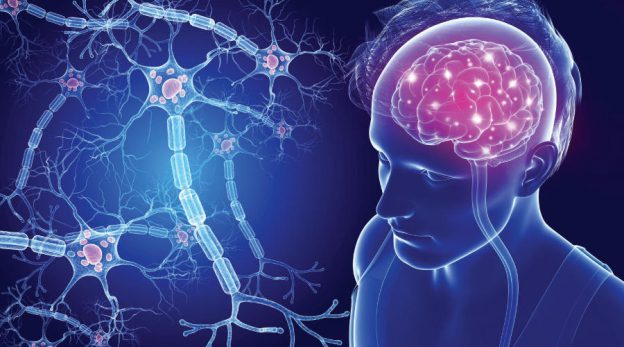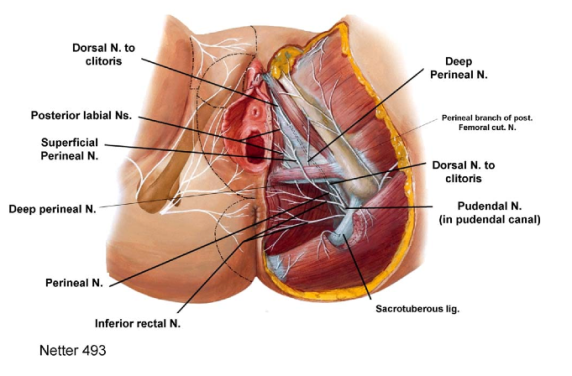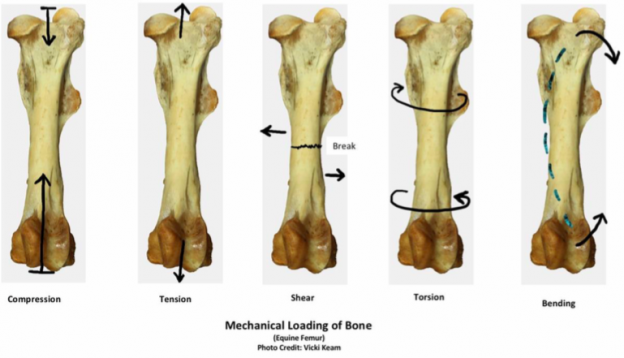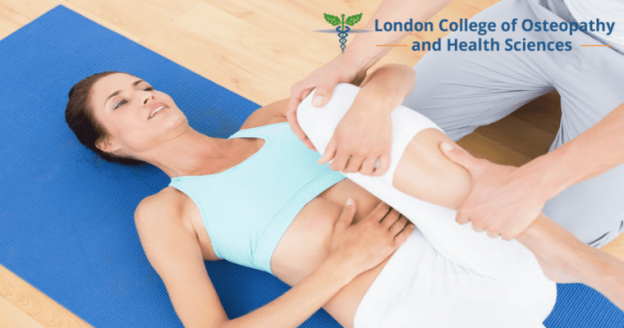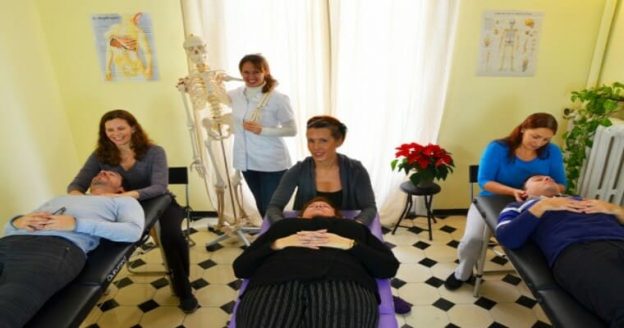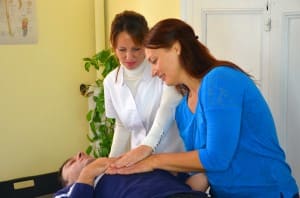By Dr. Arun Vijayan
In his Master of Science in Osteopathy (M.Sc.O) thesis for London College of Osteopathy and Health Sciences (LCO), Dr. Arun Vijayan explores the potential benefits of osteopathic treatment techniques on symptoms related to Multiple Sclerosis.
Read Full Thesis Here: https://bit.ly/3qGuGb1
For more information on LCO’s postgraduate programs on osteopathic manual therapy, click here
